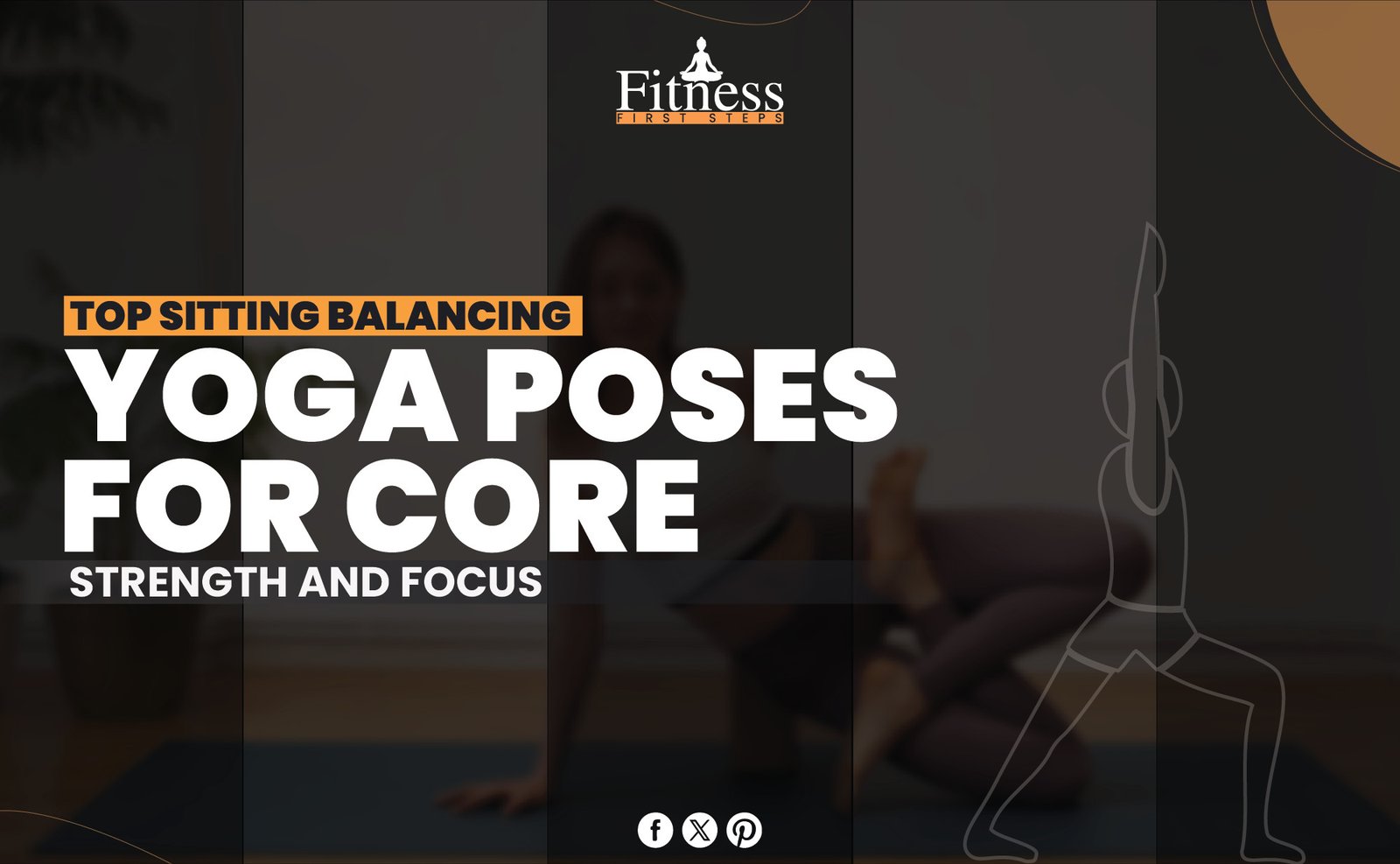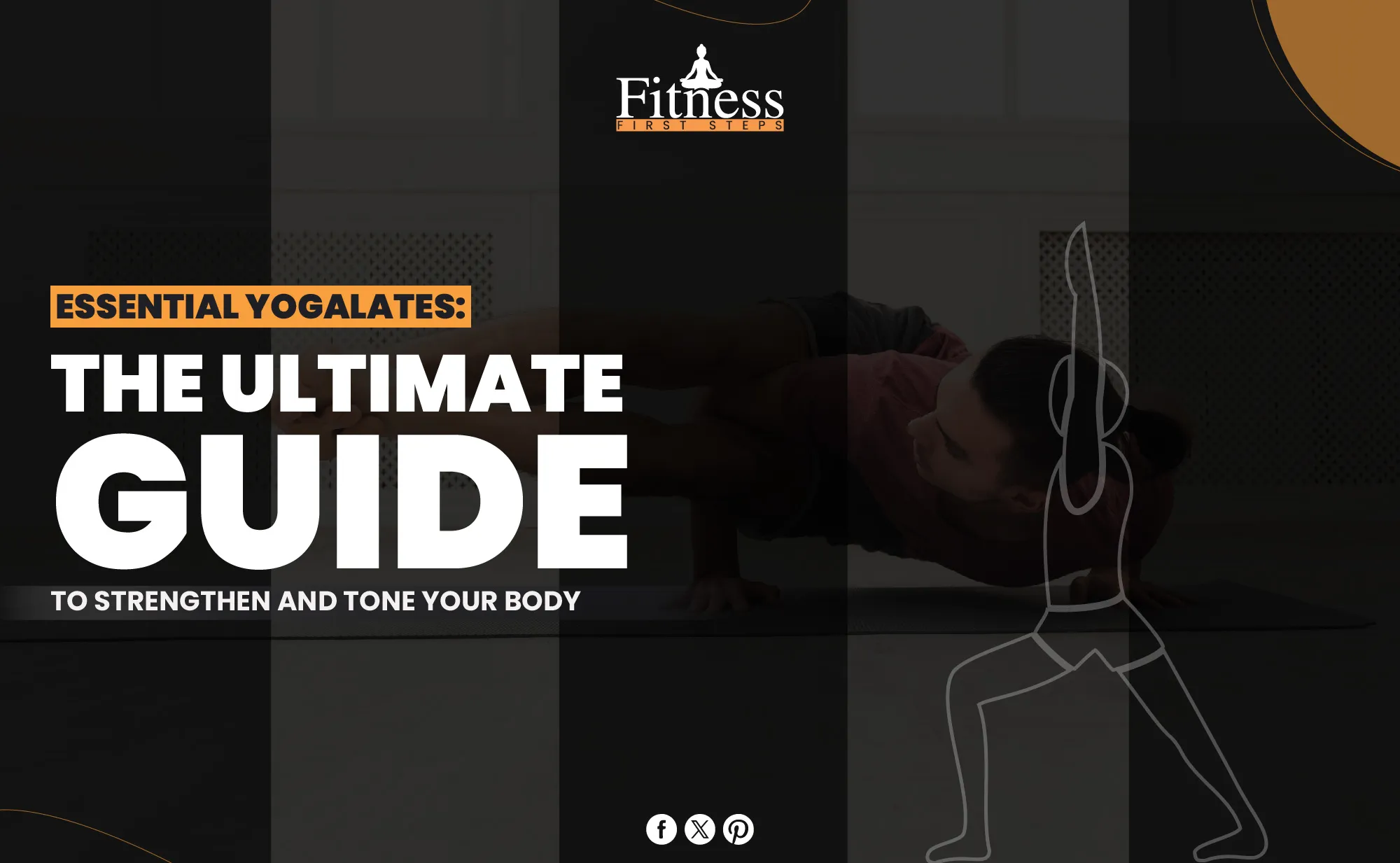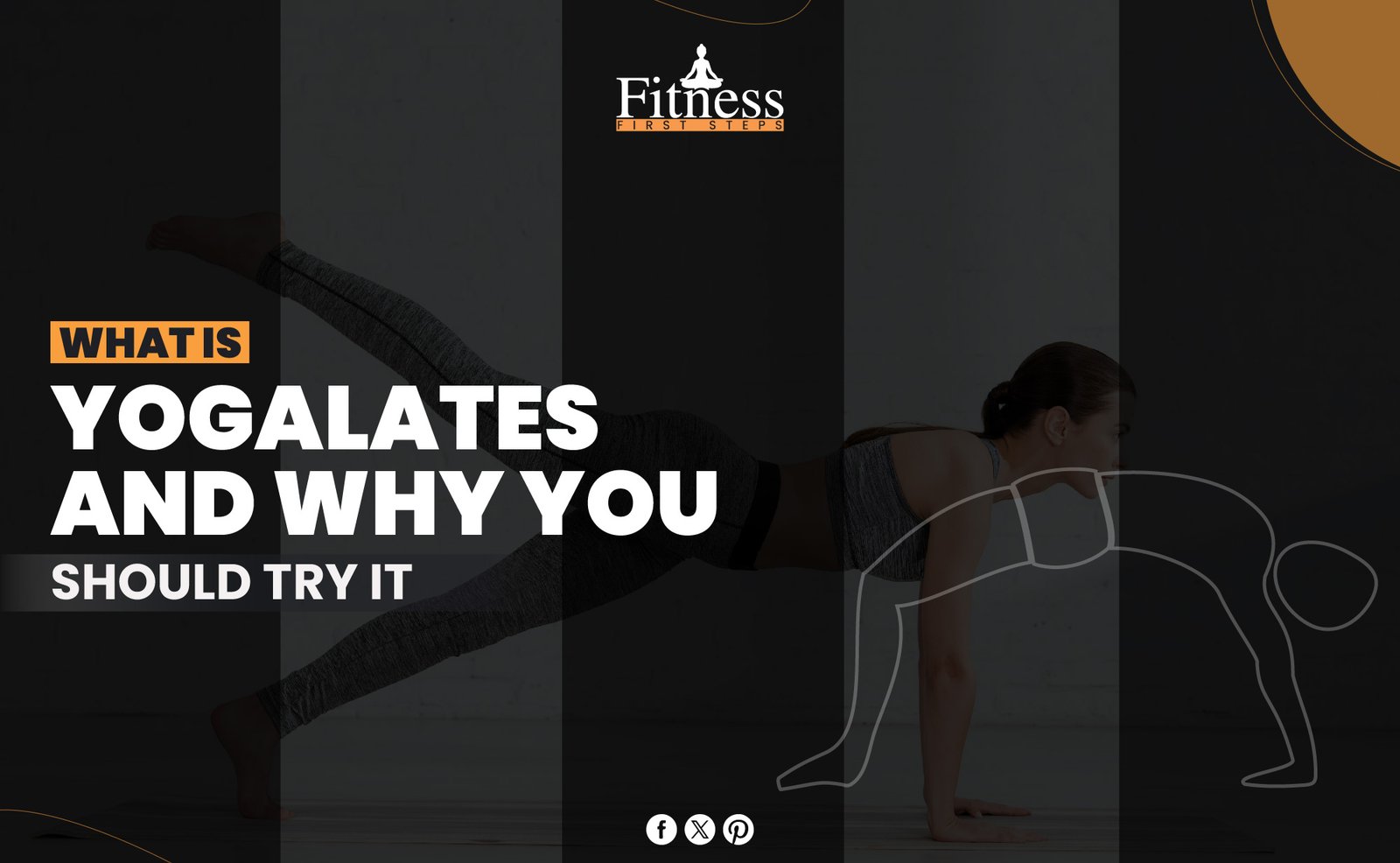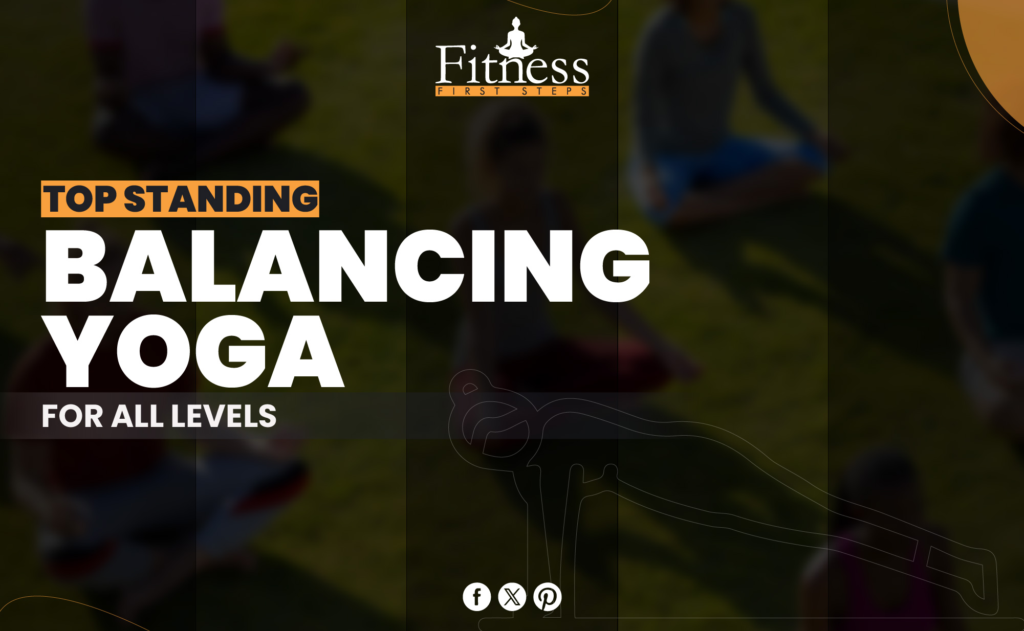Introduction
Virabhadrasana I, also called “Warrior I Pose,” is one of the most important poses in yoga. It brings together strength, flexibility, and attention. This pose has deep roots in mythology and honors the fighter Virabhadra. It represents the spiritual warrior’s win over self-ignorance, the enemy of all warriors. Virabhadrasana I strengthens the legs, back, and shoulders. It also improves balance and attention, preparing the body for more challenging yoga poses. Read more poses such as the Cat-Cow pose.
“Virabhadrasana” comes from the Sanskrit words “Vira” (‘hero,’ ‘brave,’ or ‘warrior’) and “Bhadra” (‘friend’ or ‘auspicious’). , “Virabhadrasana” tells the story of a ‘heroic friend’ or ‘auspicious warrior,’ mirroring the mythology of courage, power, and righteousness. This name nicely captures the pose’s essence—emphasizing Virabhadra’s strength and power while conjuring spiritual combat against ignorance and ego. Thus, the term suggests the pose’s spirituality beyond its physicality.
Understanding Warrior I Pose (Virabhadrasana I)
This is the Warrior I Pose, also known as Virabhadrasana I. It is a powerful pose that combines power and peace. To do this pose, you have to keep both feet firmly on the ground and spring forward with one leg while stretching out the other leg behind you. The arms are raised above the head, with the hands facing each other or meeting. The eyes stay straight ahead the whole time. This strong stance requires stamina, strength, and flexibility and helps you focus intensely on yourself.
Physical Benefits:
- Boosts the endurance of the lower body by strengthening the muscles in the legs, calves, and feet.
- Makes the chest and lungs bigger, which makes breathing better.
- Stimulates the muscles in the abdomen, which helps digestion.
- This exercise makes the upper body more flexible by stretching the shoulders and arms.
Mental and Emotional Benefits:
- It makes you more focused, determined, and concentrated.
- It makes you feel stable and grounded, which lowers your stress and worry.
- It helps you balance being firm and calm, like fighting your fears and limits.
Variations for Different Body Types and Flexibility Levels:
Virabhadrasana I is beautiful because people can do it with different body kinds and levels of flexibility. Here are a few changes:
For Beginners or Those with Limited Flexibility: You can lean the back foot against a wall for extra support or move it closer to the front foot to make the stretch less intense.
For Those Seeking a Deeper Stretch: Spread out your front and back feet farther apart, and sink deeper into the lunge.
To Increase Arm Strength: Add weights to your arms or raise your arms above your head for longer.
One must understand and accept one’s present physical limitations to benefit from Virabhadrasana I safely. With regular practice, people can gradually get more robust and flexible, taking on the power and beauty of the warrior spirit in the pose.
Read more about the Virabhadrasana pose with expert advice.
Preparing for Warrior I Pose (Virabhadrasana I)
To get the most out of Virabhadrasana, I, also known as Warrior I Pose, keep myself safe, carefully prepare, and be in the right setting. Here are some essential suggestions and tips:
Choosing the Right Environment:
- Space: Ensure enough space in your exercise area for people to move around freely. Distractions and harm risks are lower in a place that isn’t cluttered.
- Surface: Work out on a steady, flat surface. A yoga mat can help you grip the floor, improving your balance and steadiness.
- Ambiance: Focus and comfort are improved by being in a quiet, well-ventilated place and at the right temperature. You can also use natural sounds or soft background music to help you focus and slow down.
Warm-up Exercises:
Doing several warm-up exercises gets the body ready for the pose. This makes the practice more efficient and less likely to cause strain.
- Dynamic stretches: Things like leg raises and arm swings get more blood to the muscles.
- Surya Namaskar (Sun Salutation): This dynamic routine will warm up your whole body, make you more flexible, and help you get into the regular breathing you need for Virabhadrasana I.
- Ankle and wrist rotations: These easy moves help loosen up the joints so they are ready for the parts of the pose where you put your weight on them.
Recommended Yoga Props:
Yoga tools can improve your practice, especially if you are new to yoga or have physical limits.
- Yoga Blocks: For people who can’t reach the floor, putting a block under their hands or using it to support their back foot can help them stay balanced and in the correct position.
- Wall: Supporting yourself against a wall, especially with your back foot, helps you figure out how to stand and get stronger without affecting your form.
- Yoga Strap: People with tight shoulders can use a strap between their hands while raising above their heads to help keep their arms straight.
When you do Virabhadrasana I Pose after a complete warm-up and in the right place, it makes the experience better and the practice safer, more focused, and more satisfying.
Step-by-Step Guide to Warrior I Pose (Virabhadrasana I)
Step-by-step instructions are needed to ensure you are in the right shape and balance when you do Virabhadrasana I, also known as Warrior I Pose. This guide also has changes for newbies and suggestions for better breathing.
Instructions for getting into Virabhadrasana I Pose (Warrior I):
- Start in Tadasana (Mountain Pose): Place your feet together, keep your arms by your sides, and look straight ahead. Take a moment to touch the ground with your feet.
- Step or jump your feet apart: About 3 to 4 feet, based on height. Move your left foot in a little bit and your right foot 90 degrees to the right.
- Raise your arms: Take a deep breath and lift your arms straight out from your body, hands facing down. Keep your shoulders down and your chest open.
- Bend your right knee: Let out a breath and bend your right knee over your right ankle so your shin is straight out from your body. If you can, your right leg should be flat on the floor.
- Turn your head to the right: Keep your shoulders level and your hips pointing forward as you look over your right hand. Don’t stop moving and strengthening your back leg.
Proper alignment and adjustments for beginners:
- To avoid stress, ensure your front knee doesn’t go past your ankle.
- People who are just starting or have tight shoulders can keep their hands shoulder-width apart or put them on their hips if it is too hard to lift their arms.
- If your balance is off, move your feet closer, shorten your stance, or practice beside a wall for extra support.
Breathing techniques to complement the pose:
- To stay balanced and focused, take slow, deep breaths. As you stretch out your body and find your stance, take a deep breath.
- As you sink deeper into the pose, slowly release your breath. This will help your body get used to how strong the pose is.
- Keep your breath smooth and even. With each breath in, raise your arms higher, and with each breath out, steady and strengthen your Warrior I pose.
Following these steps, people who have never done yoga can benefit from Virabhadrasana I’s energizing and stabilizing effects. It will also help you develop inner strength and endurance. Remember that yoga is a personal journey and that respecting your body’s limits is the most important thing for a safe and healthy practice.
Warrior I Pose (Virabhadrasana I) in Daily Life
You can significantly improve your physical health, mental focus, and emotional strength by adding Virabhadrasana I Pose (Warrior I) to your daily routine. Here are some excellent ways to use this powerful yoga pose in your everyday life:
- Morning Ritual: Start your day with Virabhadrasana I to wake up your body, get the blood flowing, and set a robust and ready-for-the-day tone. Morning practice can help your body feel better and clear your mind.
- Stress Relief after Work: Moving into Virabhadrasana I can help ease tightness in my shoulders, neck, and back after a long day. Deep breathing, encouraged by the pose, is known to help calm the mind and lower stress.
- Break Time during Work or Study: Practicing Virabhadrasana I during short breaks can help keep you from getting stiff and tired from sitting for long periods. It helps clear your mind and gives you more energy to return to work with renewed vim.
- Evening Wind-Down: Virabhadrasana, I can help you relax when you do it as part of an evening yoga routine. Doing this pose and focusing on breathing lets you relax and prepare your body and mind for a good night’s sleep.
Using Virabhadrasana I Pose (Warrior I) for Stress Relief and Mental Clarity
Practicing Virabhadrasana I Pose is a great way to deal with stress and clear your mind. To stay balanced and in line in the pose, you have to focus, which takes your mind off of stressed thoughts and lets it reset. Grounding through the feet and reaching upwards teaches the body how to use and release energy healthily, which can help you feel better.
Virabhadrasana I Pose (Warrior I) as a Tool for Self-care and Mindfulness
Adding Virabhadrasana I to your self-care habit can help you be more aware by bringing you into the present moment. Focus is needed for the body positioning and breathing exercises, which heighten your awareness. This pose is a powerful lesson to stay strong and steady no matter what is happening around you. It promotes inner peace and resilience.
Safety Precautions and Contraindications
Many people can benefit from Virabhadrasana I Pose (Warrior I), but it’s essential to be careful, especially if you have specific injuries or health problems.
Precautions for Individuals with Injuries or Specific Health Conditions:
- Knee Concerns: People who have hurt their knees in the past or are hurting them now should be careful when bending their front knee. You can tell them not to turn it too far or support it with a cushion.
- Shoulder Injuries: People with problems with their shoulders might want to keep their arms at their sides or in a prayer position in front of their chest instead of raising them.
- Back Problems: People with lower back pain should use their core muscles to support their back and avoid moving too far forward or backward.
Alternatives for Those Who May Find Virabhadrasana I Pose (Warrior I) Challenging:
- High Lunge: It’s a good option that works the legs, balance, and attention just as well but with less stress on the shoulders and back.
- Warrior II Pose: Similar benefits for building leg strength and endurance, but with a slightly different position that might be more comfortable for some.
When to Avoid Practicing Virabhadrasana I Pose (Warrior I):
- Severe Hip, Knee, or Back Injuries: If you have serious problems or are healing from surgery in these areas, stay out of this pose until you are fully fixed or with the help of a doctor or an experienced yoga teacher.
- During Pregnancy: This pose might feel awkward or off-balance if you are further along in your pregnancy. People who are pregnant should change their pose with the help of a professional or choose yoga poses that are specifically made for pregnant women.
- High Blood Pressure or Heart Problems: People with heart problems or high blood pressure should be careful when doing this pose, especially when the arms are overhead because that position can increase blood pressure.
Consider your health and feelings before adding Virabhadrasana I Pose to your schedule. Always talk to a yoga teacher or medical professional if you’re unsure it’s right for you before doing this pose.
Conclusion
Warrior I, or Virabhadrasana I Pose, is one of the most basic yoga poses. It has many benefits that go beyond the body. Yoga is an excellent way for beginners to get more robust, flexible, and balanced. It can also help you deal with stress and think more clearly. The calming and energizing effects of Warrior I give you a sense of strength, endurance, and readiness that you can use in real life.
All yoga practitioners, especially beginners, should practice Virabhadrasana I. It may be modified to suit diverse requirements and constraints, making it accessible to everyone. Always remember that yoga is personal and developing. Warrior I and all poses educate us about our bodies, thoughts, and strength.
As you progress, I encourage you to be curious and receptive to each yoga session. Yoga is about self-discovery and connection, not just poses. Yoga positions like Virabhadrasana improve your physical health and bring balance, focus, and peace into your life.
